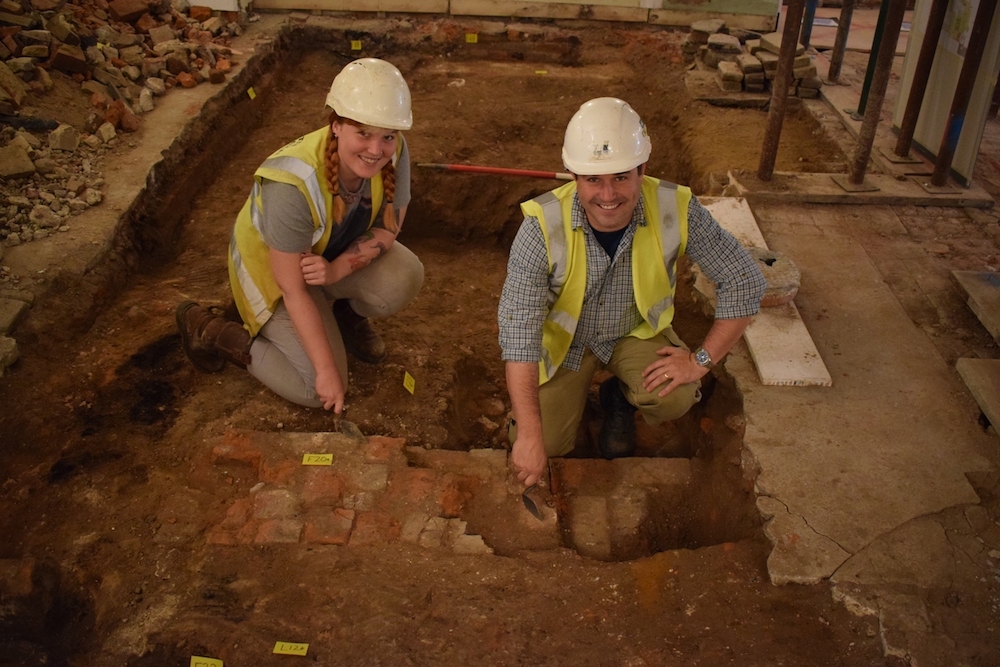Robbers Tried to Steal an ATM, But Instead Helped Uncover Lost Medieval Artifacts

When a gang of goons rammed their Toyota truck into the side of a 500-year-old house in the English village of Dedham last December, they were hoping to find an ATM. They didn't. (Though the building had been converted into a convenience store, said goons drove away empty handed, according to news reports from the time.) Luckily, the goon squad did help local archaeologists find something much more valuable.
According to a newly published report from the Colchester Archaeological Trust (CAT), the team of regional archaeologists who helped clean up after the mess in Dedham last December, the ram-and-run attack on the 1520-era house helped reveal previously undiscovered treasures. These came from both the medieval and Tudor periods and long lay hidden beneath the building's historic floors. [The 25 Most Mysterious Archaeological Finds on Earth]
The archaeological team started digging shortly after the Dec. 10 attempted robbery. They aimed to help prepare a plan for repairing and stabilizing the building, which sustained major structural damage during the break-in. Local historians knew the timber-framed building was erected in 1520 and probably served as the home for a wealthy merchant family, but not much else was known before the archaeological assay began.
During the dig, the team found a medieval hearth that predated the surviving building. The researchers also found an internal porch dated to the 15th century, which would have been rare in England at the time, according to a statement from the Colchester Borough Council.
The dig also uncovered several artifacts from the Tudor period (1485-1603), including, most notably, a tripod cauldron buried near one of the house's original entrances. According to the CAT researchers, the pot was probably buried there as a totem to ward off evil visitations. (Judging purely by last year's attempted robbery, the charm seems to be producing mixed results.)
"We are delighted with the evidence these reports have revealed about the rich history of this important part of the borough and the wealthymerchants who lived and traded there," Jess Tipper, a Colchester Borough Council archaeologist, said in the statement.
The historic house will once again open its doors as a convenience store tomorrow, Oct. 30, according to the Borough Council. Fittingly, the freshly repaired building even comes with an intriguing present for future archaeologists: The storefront is now reinforced with hidden steel beams.
Sign up for the Live Science daily newsletter now
Get the world’s most fascinating discoveries delivered straight to your inbox.
Originally published on Live Science.

Brandon is the space/physics editor at Live Science. His writing has appeared in The Washington Post, Reader's Digest, CBS.com, the Richard Dawkins Foundation website and other outlets. He holds a bachelor's degree in creative writing from the University of Arizona, with minors in journalism and media arts. He enjoys writing most about space, geoscience and the mysteries of the universe.










